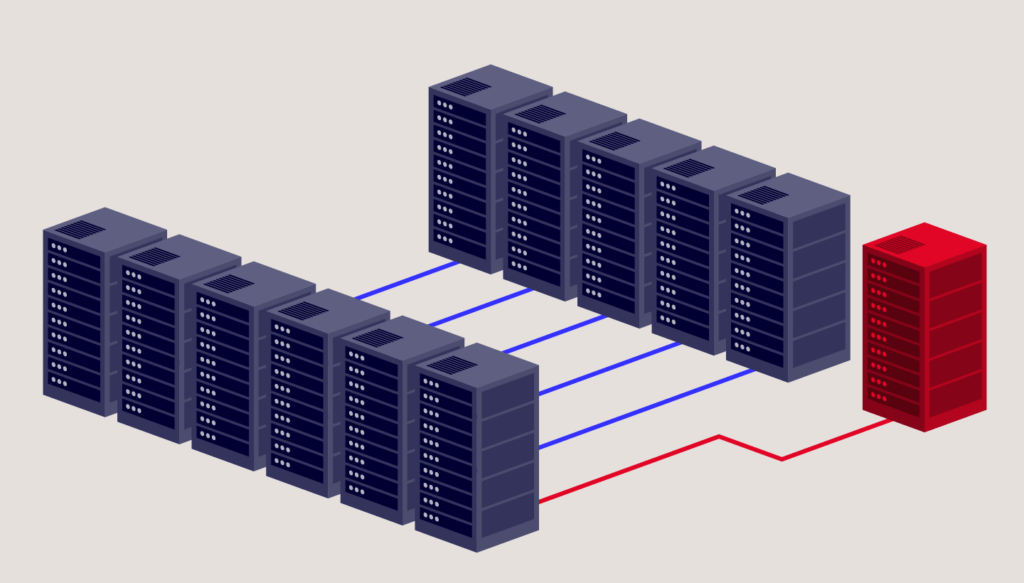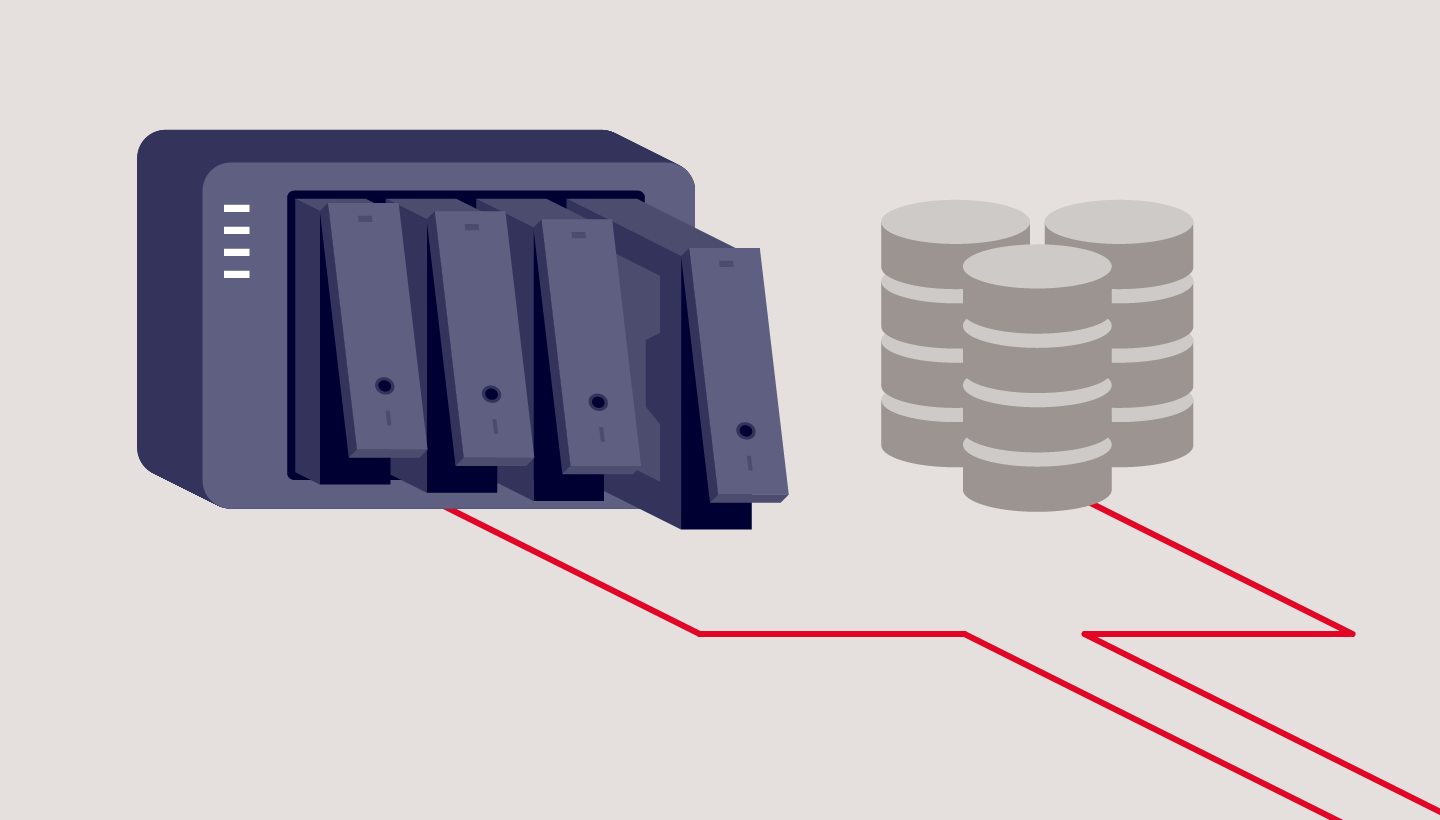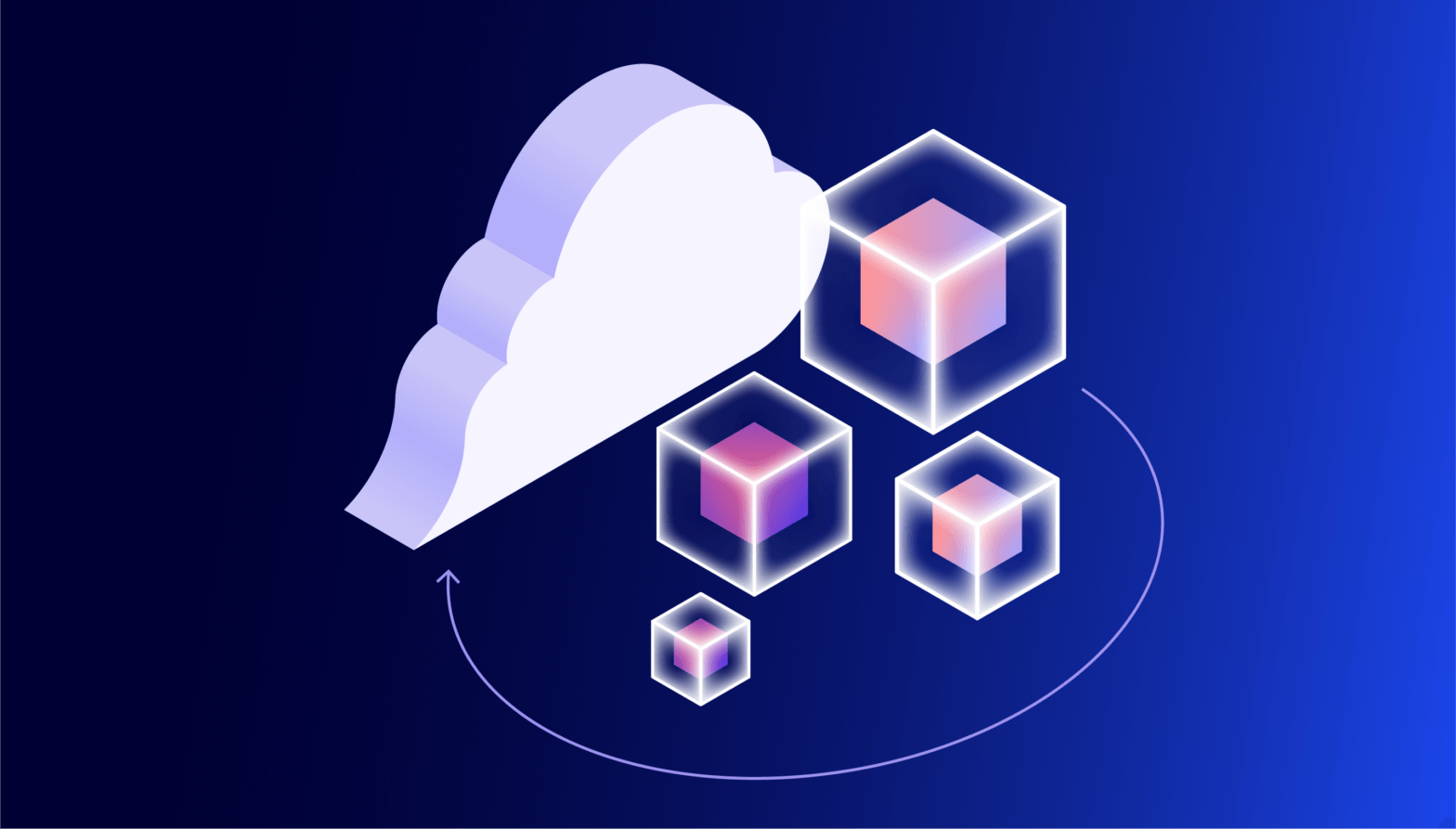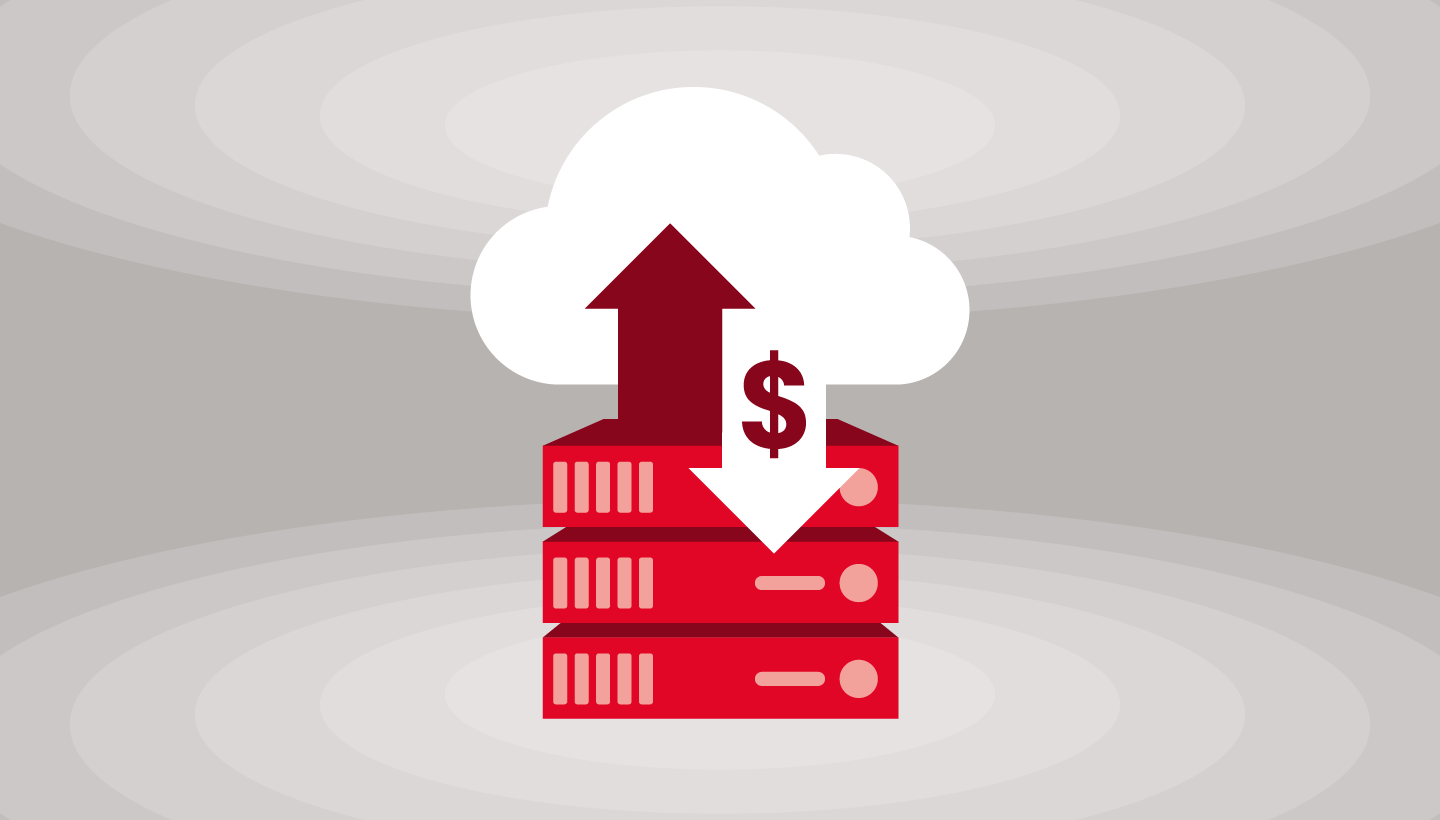
Not many companies run exabyte scale data platforms, and not many companies open source their drive data—at Backblaze, we do both. From that perch, I’m sharing how I think about buying hard drives at exabyte scale, including the intentional design decisions and trade-offs I make as an expert in the field, and what you can apply to your own operations whether you’re running a couple hundred terabytes or petabytes on-premises.
TL/DR: Bigger drives aren’t always better
You’d think, as a cloud platform managing massive amounts of data, we’d be delighted that drive density continues to grow. But it’s not as simple as that. While we do run cohorts of 20TB+ drives in our environment, there are a few reasons it doesn’t always make sense to fill our servers up with the densest drives we can buy.
Drive size and IOPS starvation
Drives have a finite amount of capacity to perform input/output operations per second (IOPS). The larger the drive, the more those IOPS become a contentious consumable—creating a triangle of tension between storage capacity, reading, and writing. You can store more data on a 20TB drive, but you can only read and write as fast as that one drive allows. Conversely, you can store the same amount of data on five 4TB drives and 5x your IOPS capacity through concurrency.
For high demand workloads with high concurrency requirements for reading and writing files—like AI inferencing, for example—you’ll want to carefully consider the balance point between the right drive size and the performance you need to get out of the system. The ability to read, write, or delete content has to peacefully coexist with the ability for your storage infrastructure to service any of those three needs. Now, you might be thinking: If that’s a constraint, what about SSDs? I’ll get to that down below.
Drive size and rebuilds
When managing large data at scale we employ Reed-Solomon erasure coding to rebuild drives upon failure to maintain data durability. The larger the drive, the more painful and slow the rebuild when that drive eventually fails. The rebuild process can take hours or even days, depending on the size of the drive and the workload on the system. That can impact performance, especially if the storage system is already under heavy use, and increases the risk of another failure while the rebuild is in progress. While we mitigate that risk in a variety of ways, it may not be feasible for smaller shops to do so.
If you’re in a business that relies on real-time data access—financial institutions, healthcare providers, e-commerce platforms, for example—you need drives that balance capacity and rebuild speed. Higher-capacity drives may offer better storage density but smaller or enterprise-grade drives with faster rebuild times and higher endurance may be a better choice for businesses where continuous uptime and/or durability is critical.
HDD vs. SSD: Unit economics
The moral of the story is that the way you invest in drives, and how much you take things like drive size, drive type, and the failure rates we publish into consideration absolutely depends on your use case. It’s not as simple as looking at our Drive Stats and picking the drive with the lowest annualized failure rate.
In Backblaze’s early days, when we were focused on consumer backup, drive density and durability were the most important part of the equipment for us. We didn’t care about speed. As our customers increasingly bring us newer and more demanding use cases, our calculus for the kinds of drives we fill our data centers with will change with them.




